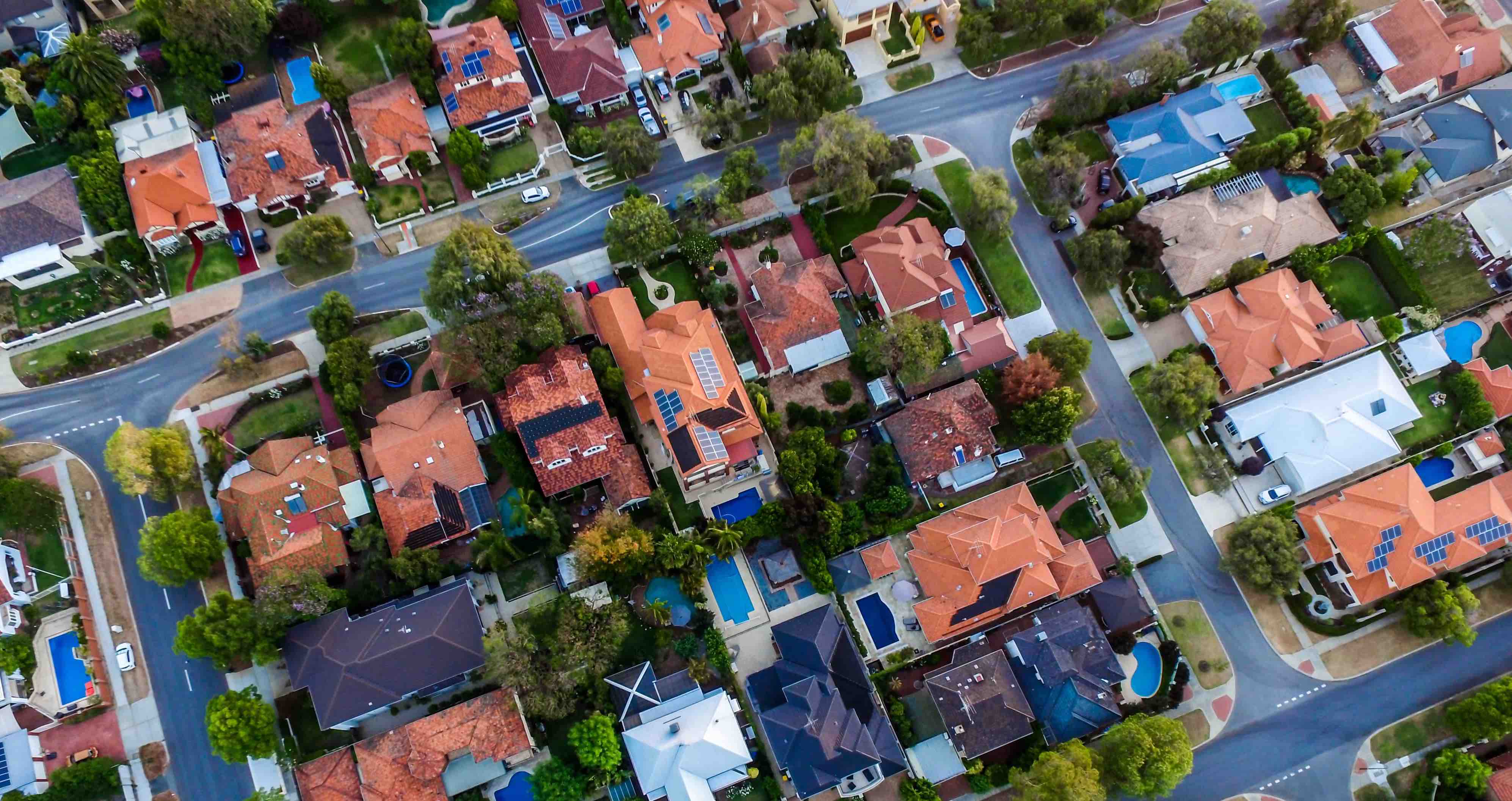Blog
Smarter Solar is providing benefits for customers and the grid
Post by: Mark Woodall, GreenSync Executive Chair
On the 14th of March this year, the future arrived. A clear, mild autumn Sunday afternoon in South Australia created an electricity system emergency.

The Government of South Australia acted last year to manage this very risk, by requiring new residential solar PV installations to be able to remotely disconnect in emergency situations. This ‘emergency backstop’ was needed on the 14th of March in South Australia when record rooftop solar generation coincided with necessary maintenance to restore transmission towers damaged in January 2020 from extreme weather.
With one in three homes in South Australia now hosting solar PV, distributed solar has become a major generator of electricity. This is the great result of over two million households across Australia directly investing in renewable energy. In 2020 Australians installed another 360,000 residential systems, a phenomenal 2GW of capacity, the equivalent of a major coal fired power station, in one year alone. However, as a consequence, on days of low demand, typical of weekends in autumn and spring, there are rapidly emerging system security risks across the NEM that need to be managed. For example, fluctuations in solar output from cloud cover requires quick ramping of other generation, while a lack of synchronous generation can create an unsecure operating state requiring the constraining of non-synchronous technologies to mitigate the risk of a blackout.
There is an important industry discussion currently taking place regarding how we can best manage rapidly changing system risks whilst safeguarding customer value. In the context of solar PV this can be framed as a false dichotomy between regulation of connection standards versus market incentives. On the 14th of March the wholesale market price for electricity was -$500/MWh for more than five hours before the emergency backstop was called at 3pm. There was a clear market signal – fundamentals of supply and demand – but rooftop solar, the new major supplier, has to date not been able to respond.
This market trend is not unique to the 14th of March. South Australia has experienced more than 100 days with negative pricing already this year. This systemic shift is increasing exponentially and already amounts to a potential cost exposure of several hundred dollars per solar household per year that their electricity retailer now needs to manage. The great news is that the very same technology required for Remote Disconnect can be used by customers and their retailers to avoid negative pricing and together share in the benefits. This in turn significantly reduces system risk and the need to call on the emergency backstop.
Six months ago I wrote about the opportunity for software to support these system requirements whilst enabling better outcomes for customers. I’m pleased to say that we now have the foundations in place with our global solar PV inverter OEM partners to deliver these solutions. Together we have established a low cost, smart and flexible software solution to remotely reduce the export of these systems to meet compliance requirements while in turn enabling customers to register their solar PV system in a retailer VPP.
The software solution is low cost, avoiding the need for customers to invest in expensive equipment or for installers to manage complex installations and commissioning. The software solution is ‘smart’, enabling export to be dropped to avoid negative wholesale prices or emergency system events while still allowing the system to generate electricity for the home, and even increase charging of a battery, electric vehicle or hot water unit. The software solution is also ‘flexible’, allowing a large number of existing systems to participate in VPPs and for new systems to adapt to more sophisticated ‘dynamic operating envelopes’ that in time will evolve from the current more basic remote disconnection.
The South Australian Government is to be commended for its leadership, taking the necessary immediate action while setting out a clear phased approach for introducing further requirements. Their Smarter Homes regulations deliver critical remote disconnection and provide a clear path to flexible export functionality. The latter will enable distributed energy resources such as solar PV, batteries and electric vehicles to more actively participate at scale in electricity markets within safe network limits.
Smarter Homes sets the blueprint for other States to follow, demonstrating that practical, clear and fair regulation can strike the necessary balance between system security and customer benefit. This approach also provides technology providers with the certainty to invest in product functionality and supply chain requirements. GreenSync, along with our OEM technology partners, believe that this blueprint is appropriate and achievable.
The framework allowed us to collectively invest in an innovative solution that successfully responded on the 14th of March. Now that the technology is in place to manage the risk, the exciting next step is to enable the opportunity. Retailers can now reward their customers for managing their export during negative price events through VPP offers, and by doing so, inherently reduce the need for customers to completely switch off in an emergency situation.
Clear practical policy, combined with innovative technology partnerships is demonstrating that all stakeholders can benefit; grid operators, customers, their retailers and OEM equipment providers.